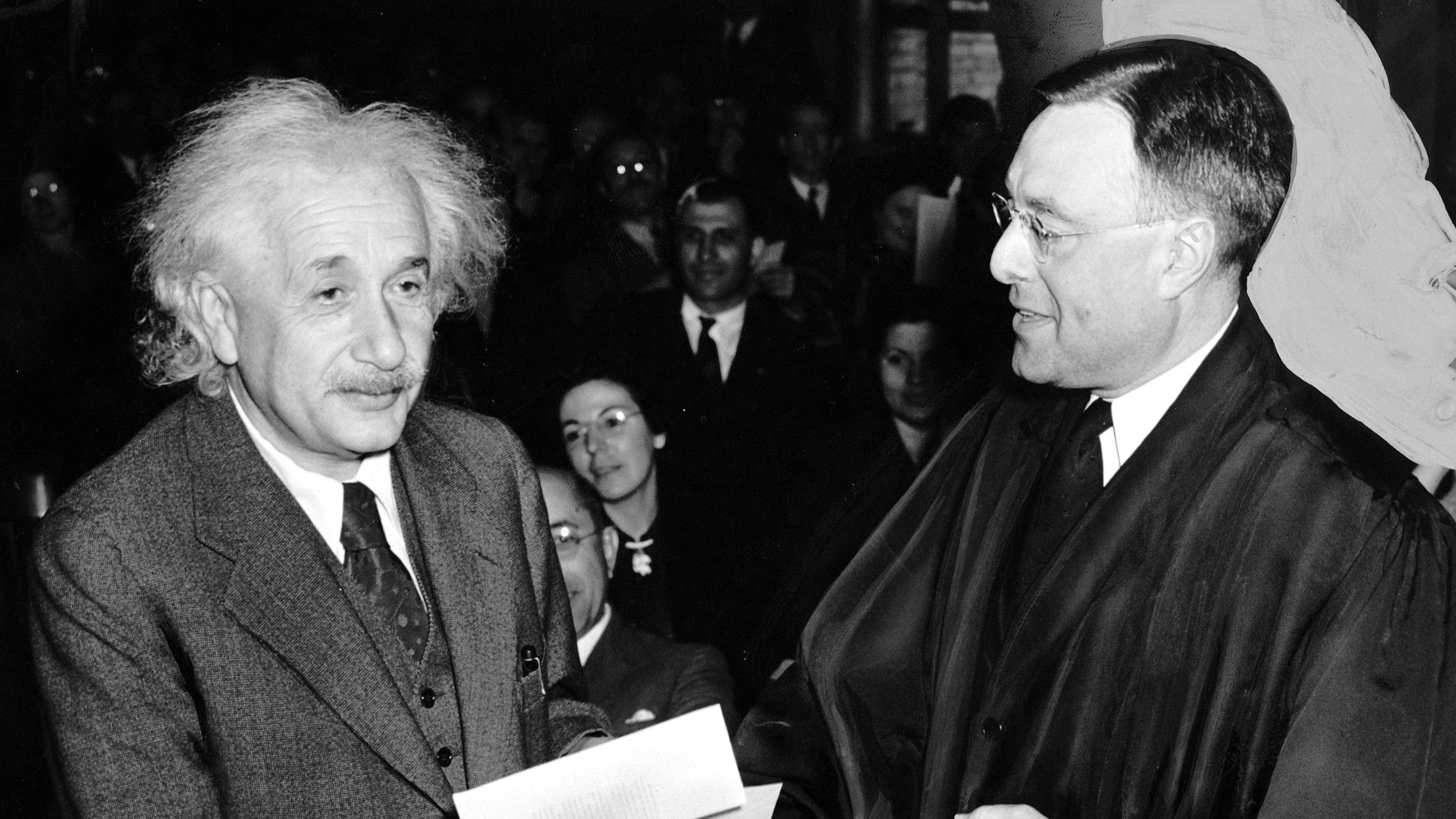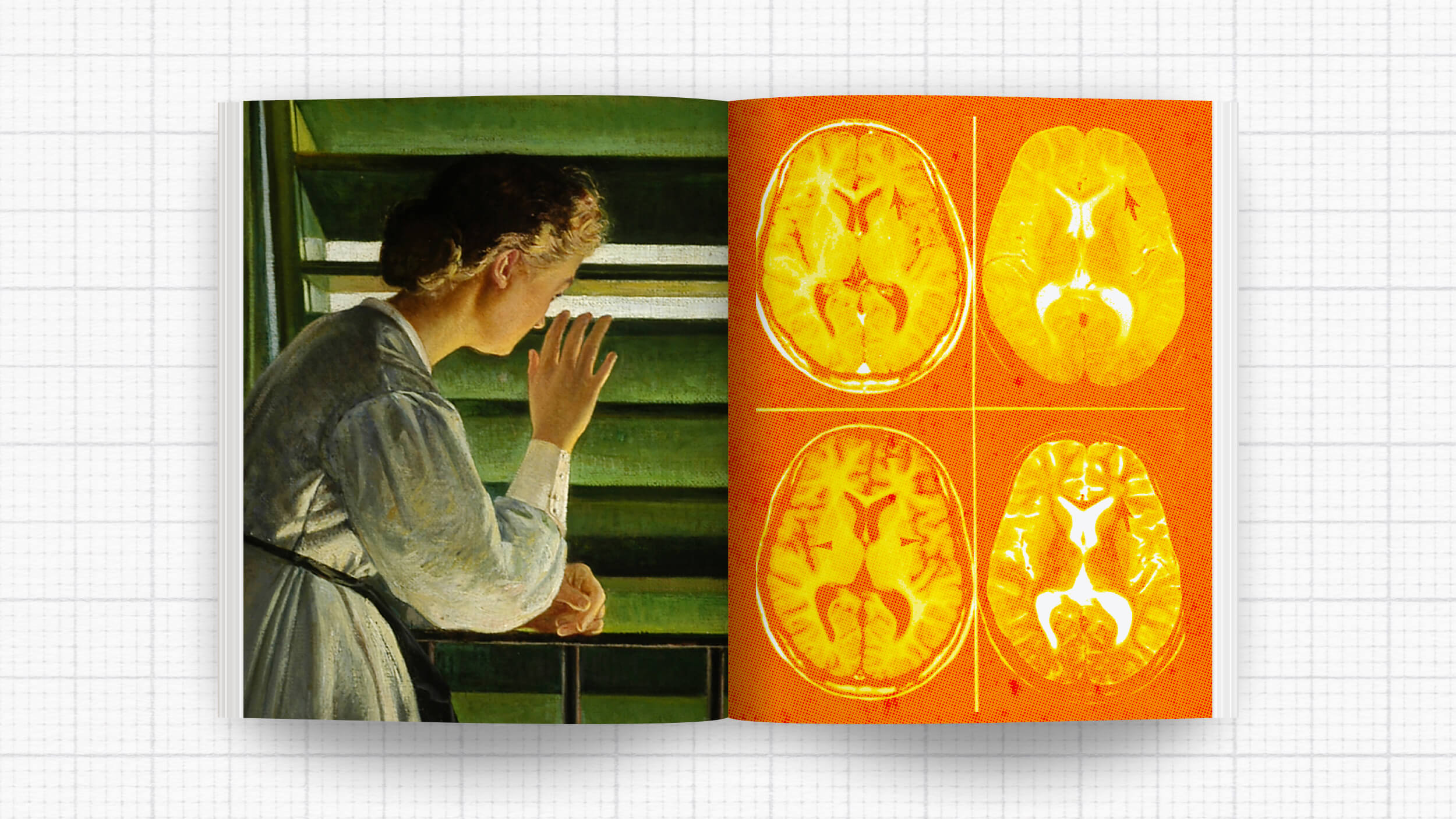Could you be convinced you committed a crime that you didn’t commit?

Photo credit: Scott Olson / Getty Images
It’s not often that a study comes along that makes me want to drop everything and read it from cover to cover, right there and then. It’s also not often that a paper is terminated early, out of fear of inflicting harm on participants — one memorable past example is Zimbardo’s infamous Stanford prison experiment. Take note of that; we’ll come back to that later.
This said, one such paper was published in Psychological Science in 2015.
Researchers convinced 70 percent of participants that they had committed a serious crime — theft, assault, or assault with a weapon — when, in reality, they had done no such thing. In this post we’ll examine how the researchers managed to reach this astounding result and what the finding means.
The experiment involved 91 participants, 70 of whom were eligible to participate based on interviews with the participants’ parents or caregivers. The researchers contacted the caregivers and asked if the participants had at least one highly emotional life event between the ages of 11 and 14. The participants also must never have experienced any criminal events that fitted with the researcher’s predetermined scenarios and the participants had to never have come into contact with the police. If these conditions were met, the participants could continue to the next stages, which involved three interviews, each a week apart.
Before the first interview, participants were randomly assigned to either the criminal condition or the non-criminal condition. The participants in the criminal condition were told that their parents or caregivers had told the researchers they committed a crime that involved police contact; a third of these were told they had committed assault; another third that they had committed assault with a weapon; and the remainder that they had committed theft.
In the non-criminal condition, participants were told they had experienced an emotional event: of these a third were told they had a powerful emotional experience in which they injured themselves; another third that they had been attacked by a dog; and the remainder that they had lost a large sum of money and got into trouble with their parents.The participants and their parents were forbidden from discussing the events.

Thirty of the participants were assigned to each condition and 10 of those to each event. The researchers then began three interviews using techniques believed to elicit false confessions, which we’ll look at in a minute. In the first interview, the researchers asked the participants to begin by describing each event in turn, beginning with the true event that participants’ caregivers had told the experimenters and following this by describing the events that had not really happened.
As we would expect, in the first interview the participants recalled the event that really happened and didn’t recall the events the researchers made up. In the second and third interviews however, this all changed. Participants were asked how much they recalled from their own perspective and if they could “see themselves in their memory,” by the end of the study an astounding proportion not only believed they had done the things the researchers described, but also believed they could remember and visualize doing them:

In the graph above, we can see that 44 participants falsely remembered more than 10 details and believed the event had really happened at the debriefing. Six falsely remembered more than 10 details, but did not actually believe the event happened at the time of the debriefing. Six falsely remembered fewer than 10 details, but were convinced the event happened at the debriefing. Last but by no means least, a staggering four participants alone reported no false memories.

The conditions the researchers required in order to deem participants as being implanted with a false memory were not trivial. In order to be classed as having remembered the false memory, the participants had to give a response to the instruction: “Tell me everything you remember from start to finish,” containing at least 10 details. They also had to provide the answers suggested by the experimenter to the questions: “Where exactly did the event occur?” and, “Who was present during the event?”
The researchers falsely told the participants that the reason for the experiment was to investigate memory-retrieval methods and also falsely told the participants that most people remember these kinds of memories if they try hard enough. Importantly, they told the participants to try and visualize the event each night at home. In the interviews, the researchers used seemingly incontrovertible evidence by saying for example, “Your parents said …” They also applied pressure saying for example, “Most people are able to retrieve lost memories if they try hard enough.” When the experimenters were probing, they used the tactic of suggesting they had knowledge, for example by saying, “This sounds like what your parents described,” but following that with something like, “I can’t give you more details because they have to come from you.” The researchers also appeared disappointed when the participants could not recall a false memory and said the line: “That’s OK. Many people can’t recall certain events at first because they haven’t thought about them for such a long time,” while scribbling a note down on a clipboard. Between sessions, participants were asked to go home and practice visualizing the false event to try and recover the memory.
If you were reading closely, you might have been concerned about the fact that the researchers ended their study early, before the final 10 participants could be interviewed. For researchers to admit doing this is extremely rare, as terminating a promising study early can be a form of “p-hacking,” a way to stack the odds in favor of a desired result, as Ed Yong pointed out on Twitter. The resulting discussion is very interesting (if you’re a bit of a stats nerd) and the consensus seems to be that the results in this study are indeed so strong, that this is not a case of p-hacking. Even if the study were continued and led to no more cases of false memories, the result would still be staggering. All the same, it is a great shame the study wasn’t allowed to run to completion given its groundbreaking nature. It’ll be interesting to see if the finding can be replicated by other groups.
What are the implications of this study? There is a long and fascinating history of research into false memories, but this study was the first to induce false memories involving crimes and involving powerful false memories from when the participants would have been in their teens — much older than in most previous studies, which tended to involve memories formed in early childhood. Earlier research has demonstrated the successful implanting of false memories ranging from being lost in a mall as a child to having tea with Prince Charles — interesting findings, but not quite on the same scale as committing assault with a weapon as a teenager. Furthermore in previous studies, the numbers of participants who were successfully implanted with false memories were much lower. The new research suggests that the risk of forming shocking false memories, such as the memory in the Brian Williams case, may be greater than previously thought.
The fact that the researchers were able to create false memories of serious crimes will likely make the study relevant in criminal trials involving alleged false memories. In the US, 30 percent of wrongful convictions overturned by DNA evidence resulted from false confessions, admissions, statements to law enforcement, or guilty pleas, according to the Innocence Project. Many of these have been blamed on the controversial Reid technique of interrogation, that remains widely used by many police forces in the U.S. and around the world. For the results to be truly applicable to criminal cases however, we’d ideally need to see a version of the study that was closer to what might happen in a real police interview room. How such a study could be done ethically is another question.
Something that the researchers didn’t point out directly is that these findings are perhaps even more relevant in another area, the controversial practice of recovered memory therapy (which we looked at in detail on this blog recently). This is a practice that has long been disowned by most reputable psychologists and psychiatrists due to the very high risk of creating false memories, but it still goes on today. The techniques used in the study were actually in many ways milder than techniques that have been used by recovered memory therapists to uncover supposedly repressed memories. That is certainly something worth thinking about.
Follow Neurobonkers on Twitter, Facebook, Google+, RSS, or join the mailing list.





